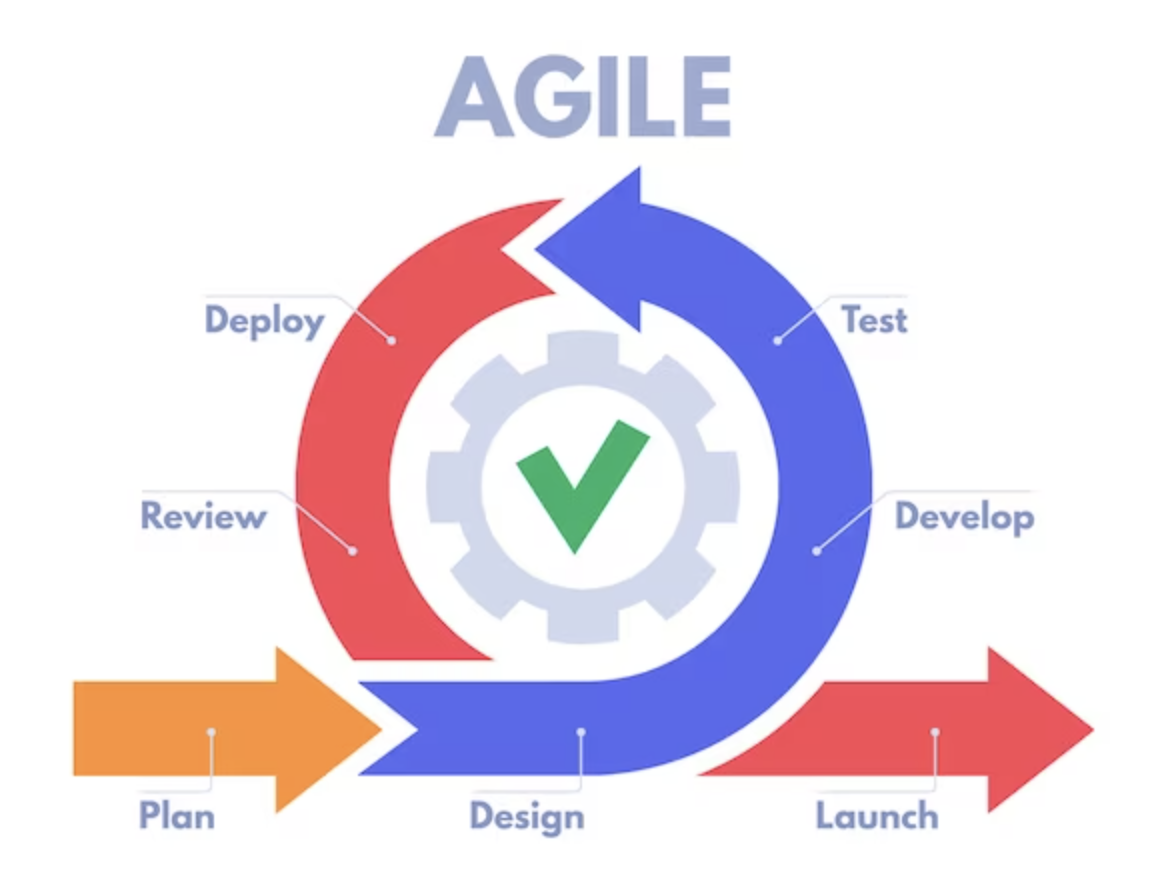
An Example Workflow of a Developer
Made by AI —thoughts?
Developers play a crucial role in the digital landscape, turning ideas and concepts into functional software applications. But have you ever wondered what goes on behind the scenes? In this article, we will take a close look at an example workflow of a developer, providing insights into their daily tasks and responsibilities.
Importance of Having a Structured Workflow
Having a structured workflow is essential for developers to ensure efficient and effective software development. A well-defined process helps streamline the development lifecycle, improves collaboration among team members, and ensures that projects are completed on time and within budget.
A structured workflow also enables developers to identify and address any potential issues or roadblocks early on, saving valuable time and resources. By following a systematic approach, developers can maintain consistency in their work, resulting in high-quality software that meets the requirements and expectations of stakeholders.
Understanding the Stages of a Developer Workflow
A developer’s workflow typically consists of several stages, each with its own set of tasks and objectives. Let’s explore these stages in more detail:
Stage 1: Planning and Requirement Gathering
The planning and requirement gathering stage is where developers work closely with project managers, stakeholders, and clients to understand the desired objectives and scope of the software application. This involves gathering requirements, defining timelines, and creating a comprehensive project plan.
During this stage, developers conduct meetings and discussions to clarify the project’s goals, identify potential challenges, and define the necessary features and functionalities. They also assess the feasibility of the project and determine the technologies and tools required for development.
Stage 2: Designing and Prototyping
Once the requirements are gathered, developers move on to the designing and prototyping stage. This is where they collaborate with designers and UX/UI experts to create wireframes, mockups, and prototypes of the software application.
Designers work closely with developers to ensure that the user interface is intuitive, visually appealing, and aligned with the project’s goals. Developers provide valuable insights into the feasibility and technical aspects of the design, ensuring that the final product is both functional and aesthetically pleasing.
Stage 3: Development and Coding
The development and coding stage is where developers bring their expertise in programming languages like Python, JavaScript, or PHP to life. They use their knowledge and skills to write clean, efficient, and maintainable code that forms the foundation of the software application.
Developers follow industry best practices and coding standards to ensure the code is modular, scalable, and easy to understand. They leverage frameworks, libraries, and APIs to speed up development and enhance the functionality of the software.
Stage 4: Testing and Quality Assurance
Testing and quality assurance are critical stages in a developer’s workflow. Developers conduct various types of testing, including unit testing, integration testing, and system testing, to ensure the software functions as intended and meets the specified requirements.
They identify and fix bugs, performance issues, and compatibility problems to ensure the software’s functionality and user experience are top-notch. Quality assurance processes such as code reviews and automated testing help ensure the reliability and stability of the software.
Stage 5: Deployment and Release
Once the software has passed rigorous testing, developers move on to the deployment and release stage. They collaborate with system administrators and DevOps engineers to deploy the software on servers or cloud platforms, ensuring it is accessible to end-users.
Developers configure the necessary infrastructure, set up databases, and optimize the software for performance and security. They also monitor the deployment process and address any issues that may arise during this phase.
Stage 6: Maintenance and Updates
The development process doesn’t end with the software’s release. Developers are responsible for ongoing maintenance and updates to ensure the software remains functional and secure. They address bug reports, implement feature enhancements, and release patches and updates as necessary.
Developers also monitor the software’s performance and gather feedback from users to identify areas for improvement. They stay up-to-date with the latest technological advancements and industry trends to ensure the software remains competitive in the market.
Conclusion: Improving Efficiency with a Well-Defined Workflow
In conclusion, a well-defined workflow is crucial for developers to ensure efficient and successful software development. By following a structured process, developers can effectively collaborate with team members, gather requirements, design and prototype, code and test, deploy and release, and maintain and update software applications.
A well-defined workflow not only improves the efficiency and productivity of developers but also ensures that the end product meets the desired objectives and exceeds user expectations. By embracing a structured workflow, developers can consistently deliver high-quality software that drives innovation and growth in the digital landscape.
So, if you’ve ever been curious about what happens in the development world, join us as we unravel the intricate workflow of a developer.
Will’s note:
The developer workflow from a high-level is this, but unfortunate the reality is that the develop and coding stage is painfully un-sexy: involving lots of googling, staring at lines of code, and then typing a few things here and there to make things happen.